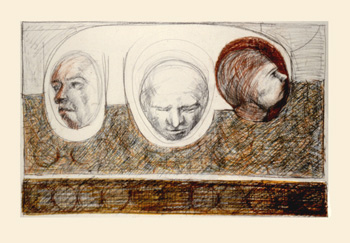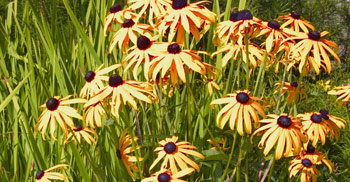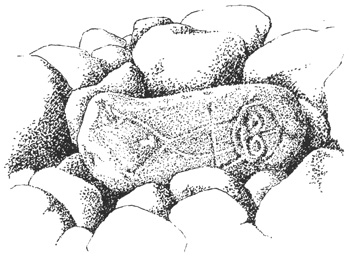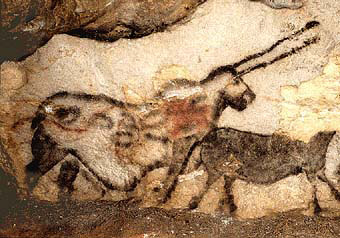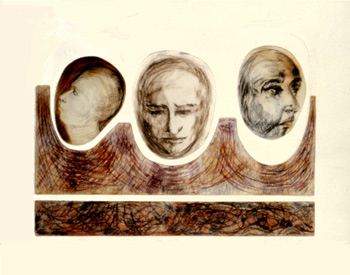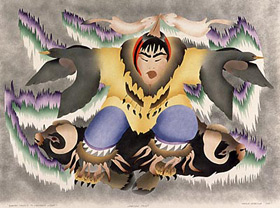blogs and shows
1. Thanks to blog friend Anna of Self-Winding for pointing out that The Padacia has posted a couple of my Nexus prints. Thanks also to this mystery blogger from Oslo – it’s nice to find another beautiful blog. Curiosity sent me to the first entry of October 27th, 2002 which explains the meanings of Padacia, and a browse through some of the older entries (some lovely writing) suggests a feminine voice of someone originally from Singapore.
2. Carolyn Zick, a Seattle artist-blogger Dangerous Chunky** writes about a visit to the Nordic Heritage Museum near Seattle to see Garth Amundsens’s work and to admire the Scandinavian exhibits, including Finland’s famed Marimekko. This brought to mind Robert Kaiser’s post about Marimekko, and Lucian Perkins great photos, in Finland Diary earlier this year.
By the way, and I’m late mentioning this, Carolyn has an exhibition** on this month at the Shift Gallery in Seattle, and she has a great website for it: Distill Bill**. Bre Pettis has posted a photo of Carolyn** in front of her work. Congratulations on some really great looking work and the show, Carolyn!
That’s two reasons I should be going to Seattle.
3. Oh, that reminds me, there’s another interesting exhibition coming up in the Seattle area: The Sami Exhibit, The Reindeer People of Alaska is a travelling exhibit to honor the Sami herders who came from Norway in 1894 and 1898 to teach reindeer herding skills to the Yup’ik and Inupiaq Peoples of Alaska. It’s at the Nordic Heritage Museum from October 7th to November 13th. Read all about it at Baiki, the International Sami Journal (and which I wrote about last December).
4. Finally, go see Anna L. Conti’s post Life echos Art. Wish I’d posted that!
UPDATED March 21st, 2013: **links have expired and have been removed.


